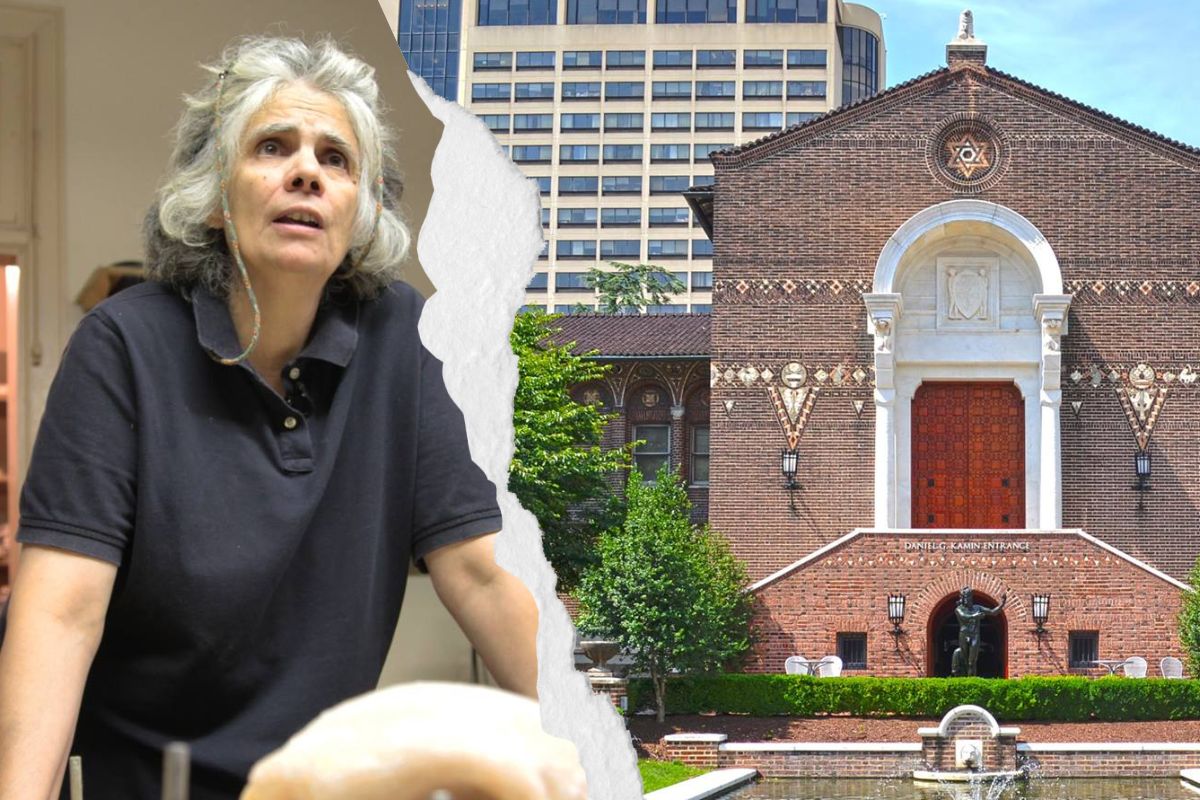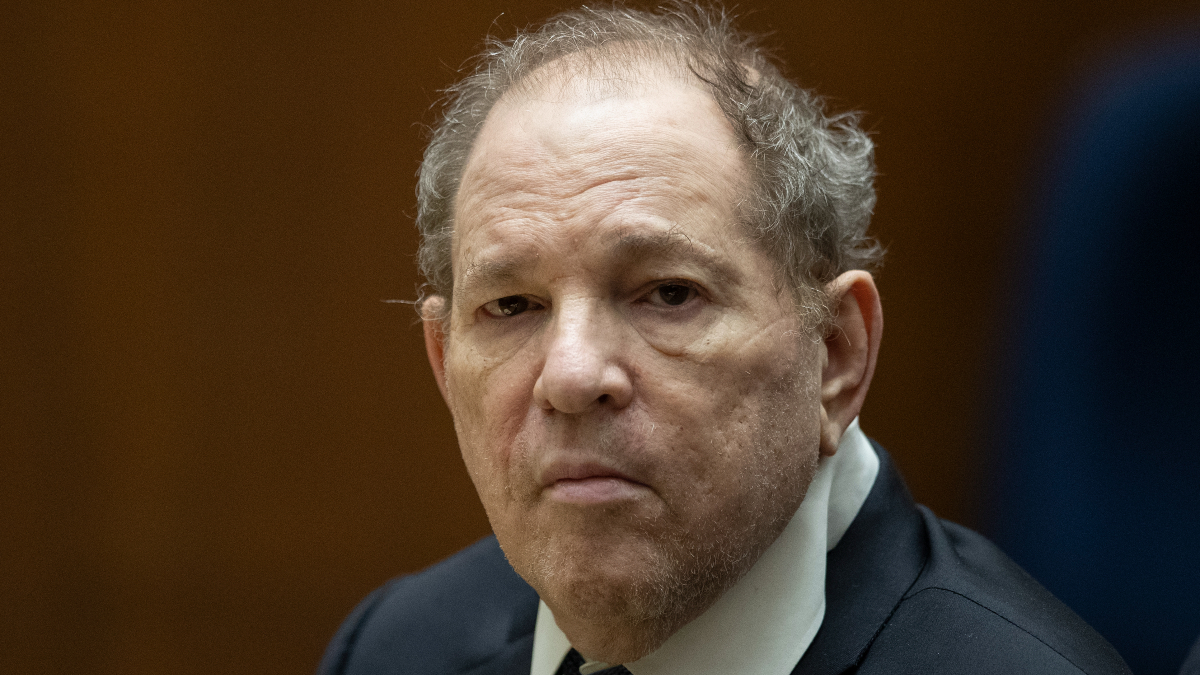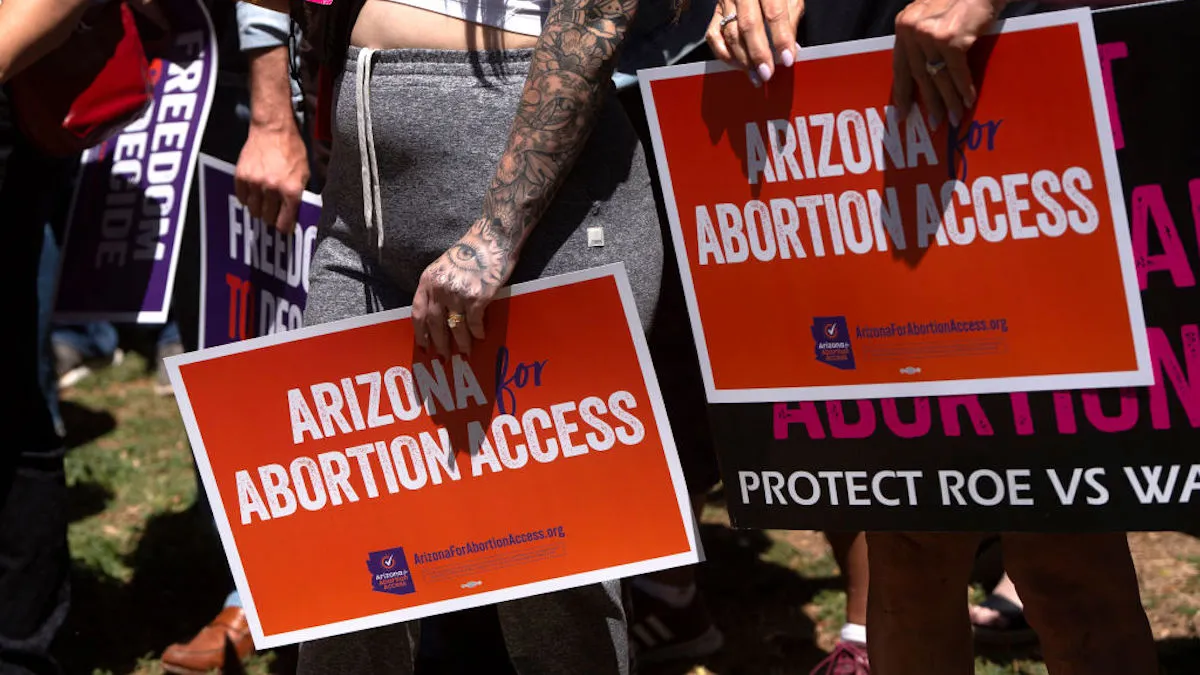For a short period of unknown hours on August 31, activists took over one of the most prestigious American archeology museums, and it was, in-part, the museum’s own doing. Through the investigative work of Abdul-Aliy A. Muhammad and Maya Kassutto, they found Penn Museum (part of the University of Pennsylvania) held the remains of two Black children, Katricia Dotson (Tree Africa) and Delisha Orr’s (Delisha Africa) bodies, killed in the 1985 Philadelphia MOVE bombing. Family and community members want full repatriation of those girls. However, the road to achieving that is bound up in secrets, lies, and (now) a bunch of lawsuits.
This whole uncovering would not have began if not for the push for change from the museum by community activism. For years, people have called for the museum to repatriate the bones of the Morton Cranial Collection. Collected by Samuel George Morton in the 1800s, the white supremacist physician attempted to prove scientfic racism using thousands of skulls. (Yes, the collecting process wasn’t by ethical means even by the day’s standards and included enslaved people.) This still unraveling controversy at Penn motivated some to tip off others the mishandling of remains continues to the present.
This is where the MOVE bombing victims come in. Through tips coming out of Penn and Philadelphia’s health department, activists learned Penn and Princeton held the bodies of two children. Before getting into how these children were found and their bodies used, we have to touch on the violent act that started the chain of events.
MOVE Bombing
A Black liberation organization called MOVE lived and organized in a house in West Philadelphia. After brushes with the city and neighbors, officials dubbed MOVE “domestic terrorists” due to their leftist, evironmentalist, and pro-Black beliefs. After calling them “not even human beings,” Mayor Frank Rizzo directed nearly 500 police to forcibly evict the home. The siege began at 5-ish a.m. on May 13. Following a nine-hour shootout where the police fired thousands of rounds, the police fire-bombed the house. They did so by dropping 4 lbs of Tovex/C-4 from a helicopter. On orders to let the fire burn them out, the police and fire department allowed 11 people (seven adults and six children) in the MOVE house to die. Additionally, they allowed a whole neighborhood (roughly 250 people) to go homeless.
Ramona (30) and Birdie Africa (14) were the sole survivors. Fleeing the bombed building, police shot at them and later described them both as adult men attacking them. Neither of these were true. Regardless, the city imprisoned them both, giving Ramona seven years. No one in Philadelphia’s government was held accountable. This includes a failure to punish city officials for flooding out this household eight years earlier. The police received qualified immunity. In a multi-decade uphill battle, civil reparations to some survivors of the terror came decades later. The city’s formal apology for the bomb came in November 2020.
After the attack, the Philadelphia Medical Examiner’s Office contracted forensics work from now-retired Penn anthropologist Alan Mann. Mann brought PhD candidates and advisees Michael Speirs and Janet Monge. The New York Times reported mismanagement at every stage before and after Mann and Monge took possession of the remains. No one notified the families who believed the girls were buried with the others.
Delisha (12) and Katricia (14)
Over 35 years later and in the midst of a so-called (second) public reckoning in the museum and anthropological field, Monge was found with the bones of the murdered girls. The duo took the girls to Penn (and Princeton for a time) as self-appointed stewards of the remains. While these institutions hold some responsibility despite their “not it” attitude, neither formally accessioned the bones. This means they didn’t hold legal ownership of Katricia and Delisha’s bodies.
Through the work of activists, people have been able to paint a clearer and grim picture about how these professors mishandled and kept these girl’s remains. Ferried between these institutions by Monge and Mann, they used the bones for student research and public programs for the universities. Additionally, instead of at least sitting in temperature-controlled storage, the children sat in Monge’s desk between these outings that included hands-on activities. This includes a class on the popular education and professional development site Coursera.
@artlust #museumtok #arthistory #historytiktok ♬ original sound – Seema R
An anonymous Penn employee told Billy Penn the recklessness in which the children’s remains were handled is common. “[T]he ethical and the emotional connections and relations that exist around these remains and their descendent communities are obscured, because everything is viewed as a scientific specimen.”
The two professors believed at least of the two bodies were a much older woman, and have continued to use that defense to downplay the crossing of ethical boundaries. While no less disgusting, this action is very common among various related fields. The intersection of racism and science built and maintained various fields like anthropology, sociology, and more. American (and others) museums like Penn built up from those collections by these scientists. In some instances, shipping boxes bound for museums were standard cargo during the U.S. military’s westward expansion in the second half of the 19th century. Seen fit for research and display, military personal shipped the bodies and belongings of Native Americas to museums immediately following battles.
Article says that Penn anthro professor (Janet Monge) used the childrens’ bones for a Coursera class.
— BD ? (@rdemarre9) April 21, 2021
Class is called “REAL BONES: Adventures in Forensic Anthropology”. Appears to be a Penn student working alongside Monge. pic.twitter.com/PunFnr0wnF
Mann remains quiet and absent from most articles about the bones past 2001. However, Monge is suing 39 people, Black academic organizations, and publications (including Penn’s student paper) for defamation—specifically for calling her (or implying she’s a) racist. The same woman co-authored a paper defending Morton and downplaying his racism and racial bias. Still, she insists said she’s an advocate for social justice and defending calling the children’s bone’s “juicy” on Coursera. Monge claims this defamation stems from an academic vendetta by former-student, Paul Mitchell. In one lawsuit, she insists holding the remains was fine because it wasn’t the children. This is not true. While critical of Monge, Mitchell did corroborate Monge’s claims she tried to find the next-of-kin. Academics have accused Monge’s friends of burying academic papers (in the publishing process) mentioning Monge’s behavior.
Penn Museum fallout
Tell @pennmuseum to #ReturnDelisha pic.twitter.com/XhhefWShQg
— ?????. AH-LEe (@MxAbdulAliy) August 31, 2023
Monge isn’t the only person bringing this to the courts. Lionell Dotson, the brother of Katricia and Zenetta, chose to sue the city and Penn. His suit alleges (among many things) neglect by various parties and attempts to destroy evidence (MOVE remains). The latter was found after a staffer disobeyed (now former) health commissioner Thomas Farley’s 2017 orders to cremate remains in city custody without telling the families. Dotson—and the activists who entered the museum August 31—believe that parts of Katricia still remain at the museum or was misplaced by one of the institutions.
The museum and university insist it has repatriated (unofficially because they never officially collected them) all known remains of Katricia. However, they remain steadfast in their belief that Monge never held Delisha on site. This is in direct conflict with the American Board of Forensic Anthropology, the City of Philadelphia and activist’s findings. With a bullhorn in hand, Muhammad and others entered the museum demanding action. Additionally, they stated museum director Christopher Woods failed to show up to their scheduled meeting and security locked some in a basement room. Some staff give conflicting accounts, but regardless Penn closed the museum for the day.
Following this August 31 conflict, Penn continues to maintain they have no other remains from the MOVE bombing on site. Despite the steps taken so far, this has been a long and painful situation. This dehumanization may have started with the police state violence inflicted on the families on Osage Avenue, but this whole, ongoing situation shows how it continues today in the name of scientific scholarship and education. Everyone continuing to speak up demand the girls’ bodies return to their family under hashtags like #ReturnDelisha.
(via Seema Rao on TikTok & The Philly Voice, featured image: University of Pennsylvania & Penn Museum Facebook)









